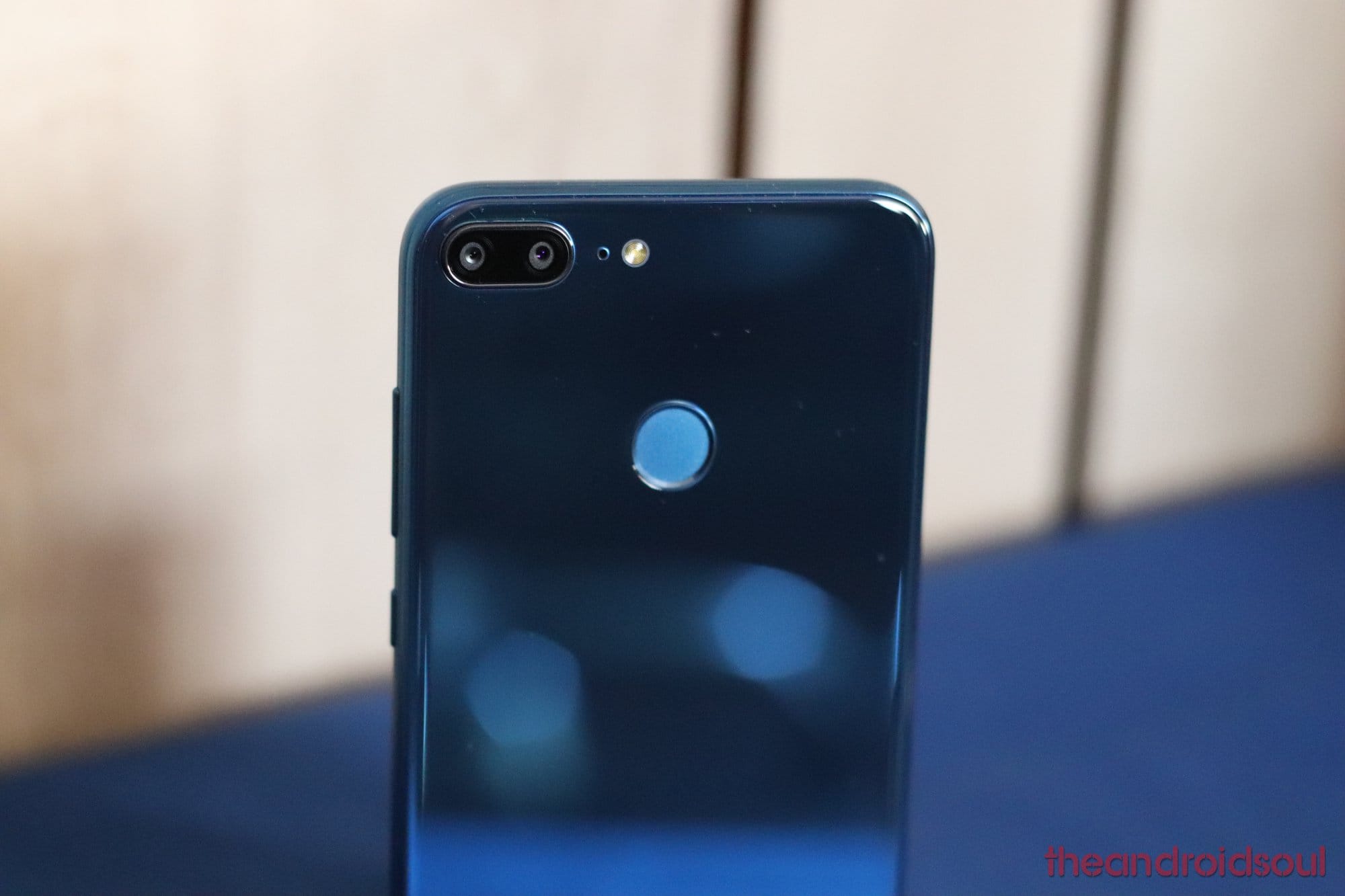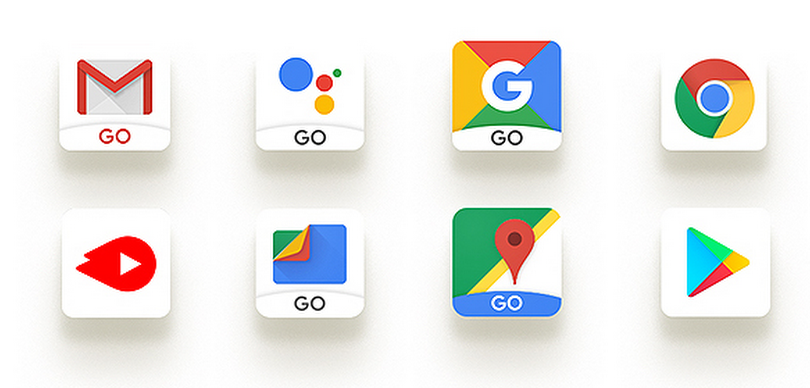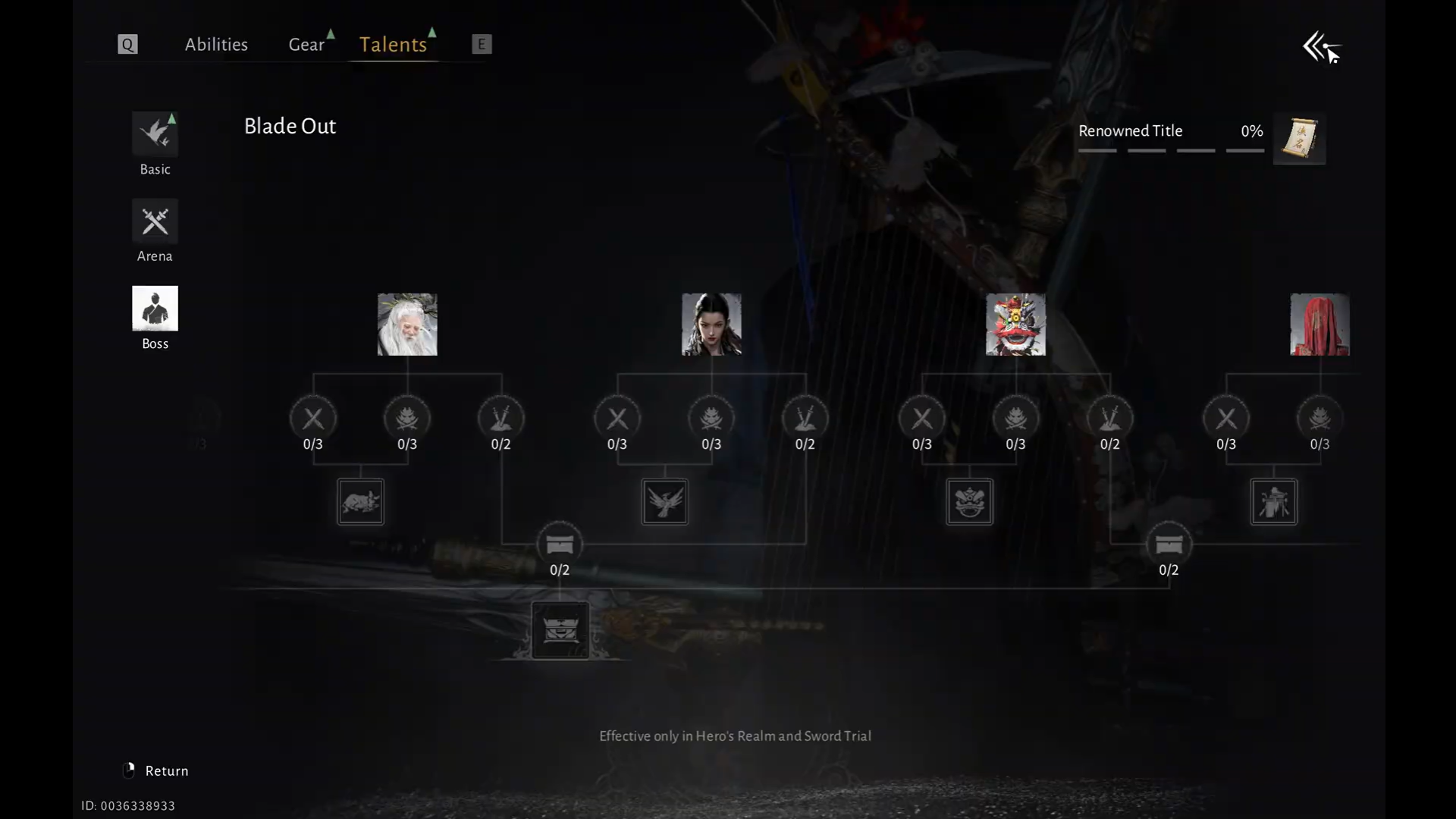Android has a myriad of super cheap phones, with some going for as little as $50 or even cheaper. One problem with these super affordable phones is that they come with mediocre hardware that basically matches their price tags but usually results in an unpleasant user experience. With Android Go, Google wants to fix the experience on these cheap phones by giving them a lighter version of Android for executing the same tasks.
At the MWC 2018, several OEMs showcased their first installments of Android Go phones. While it’s true this is just the beginning, it’s not quite what we expected. And here’s why.
Available options are still not good enough
From a specs angle, most Android Go phones unveiled at the MWC 2018 are not so impressive. While there are a few that will make you feel like you are living in 2018 thanks to 18:9 near bezel-less designs and fingerprint scanner, there’s still a long way to go. Even more interesting is that the market has something better that is even cheaper and runs a full-on Android OS.

Xiaomi Redmi 5A
Yes, you probably guessed it! Xiaomi Redmi 5A is yet another magnificent budget phone from the Chinese OEM. The Redmi 5A destroys all current Android Go handsets in all aspects – perhaps with the exception of Nokia 1’s promise of continued software updates.
In India, for instance, the 2/16GB variant goes for INR 4,999. This translates to about $75, which is cheaper than the $85 Nokia 1. Looking at what the Redmi 5A has to offer, you’ll be getting a better deal on the Xiaomi phone than Nokia 1 or any other Android Go phone.
Related: All upcoming Android Go phones
These include a 5-inch HD display, Snapdragon 425, a 13MP main camera with PDAF and LED flash and 5MP selfie camera, a 3000mAh battery unit and a full-blown Android 7.1.2 Nougat that should be upgraded to Oreo.

Add INR 2,000 on top of that and you walk away with a 3GB/32GB variant, which is way better than paying €110 (about INR 8,800) for the dual-SIM Alcatel 1X, which also runs Android Go.
Prices are still not appealing
Still on pricing matters, especially on the Redmi 5A, you’ll agree that the $80+ price tags slammed on Android Go phones, including the highly priced Alcatel 1X at €110, are not justifiable in any way. Our expectations were that most of these devices would be below the $80 mark, but this isn’t the case.
Of course, we are yet to know the price tags of several handsets, among them the Lava Z50, Micromax Bharat Go and General Mobile GM 8 Go, which is why we are staying optimistic. Maybe these ones will get it right.
Also Read: Xiaomi Redmi Note 5: Five reasons to buy it
Still no major name in the program
You might have known Nokia or Alcatel for years, but they are certainly not up there with the likes of Samsung and Huawei. With little-known names such as General Mobile, Micromax, Lava or even ZTE, it’s unlikely that people will be buying into the idea of Android Go soon.

While the likes of Huawei and Xiaomi are expected to join the party, it’s unlikely that Samsung will come on board. The OEM has its own Tizen OS that runs on entry-level phones in the Z series. For instance, the latest Samsung Z4 has a 4.5-inch (480 x 800 pixels) display screen, a quad-core chipset clocked at 1.5GHz, 1GB RAM, 8GB storage, 5MP/5MP camera and a 2050mAh battery, which are the kind of specs found on most Android Go phones.
Performance issues already spotted
We are yet to go hands-on with any of the new Android Go phones, but The Verge did get a chance to interact with one at the MWC 2018 and their initial experience wasn’t the best. According to Vlad Savov, he experienced freezing issues when trying out the Alcatel 1X, which is one of the costliest in the list.
https://twitter.com/vladsavov/status/967335619243462656
But of course, this could simply be because it wasn’t the official retail unit.
Budget phones are getting cheaper
The smartphone industry is experiencing a weird period. As premium phones become more expensive, budget phones are getting cheaper every day. With devices like the Honor 7X, Honor 9 Lite, Xiaomi Redmi 5A and Redmi Note 5, among others, already on the market offering solid specs and near-premium features at crazy affordable prices, it’s only going to get better as the year fades away.

In short, we are looking at even much cheaper devices with way better specs than current Android Go phones in the not-so-distant future. Hopefully, some, if not all, of these devices will be powered by Android Oreo Go edition.













Discussion